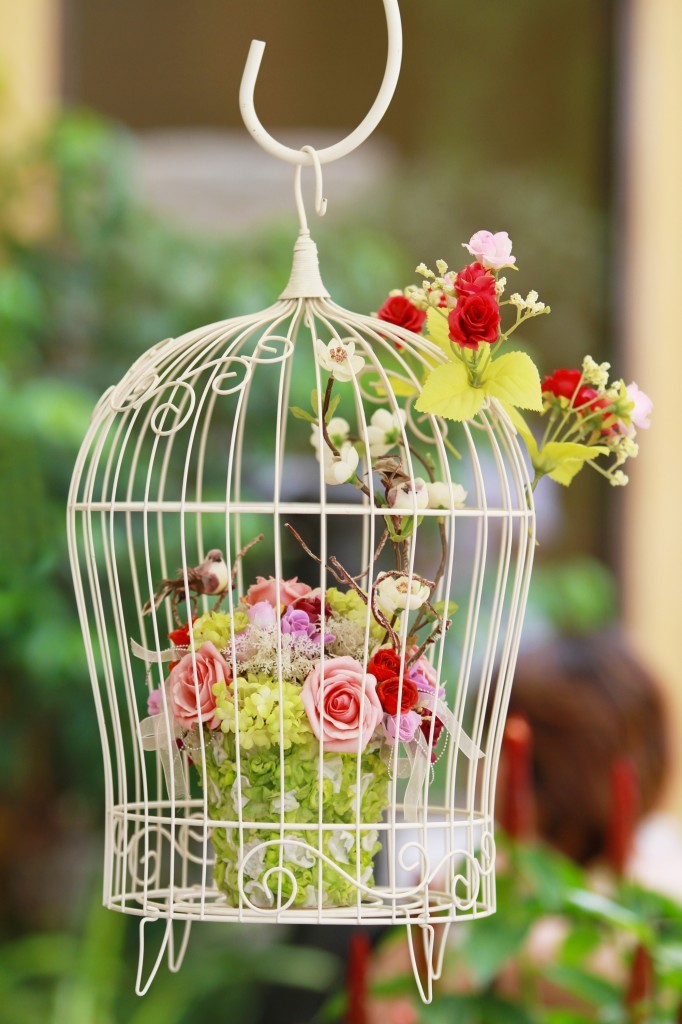The kurti is a very attractive item of wear that has won over admirers around the world. This key figure in Indian fashion might have originally been designed for men, but is popular with women.

The kurta is so common that people have taken to making their own design, some even restoring their older sarees. But what does it take to make your own kurti? Will you need special expertise to get your tailoring right?
Can you make your kurti at home? DIY fashion is famous in girls. We explore in detail the kurti making steps in this article. Check out these DIY Tips To Make Your Own Kurti.
1. Choosing the right fabric

The first step when making your kurti is choosing the right fabric for you. What do you need to wear your kurti to? Do you have any personal fabric preferences? What are the typical conditions around your residence?
The right fabric will compliment your needs, allowing you to make a comfortable and functional kurti.
The amount of material needed will depend on your size and the type of kurti you are interested in. Flared and gown kurtis will require more fabric than shorter tightly fit alternatives.
For heavier set women, lighter fabrics will be a better fit. We recommend georgette, lace, chandelier, and chiffon and rayon kurtis for a delicate, flattering and chic look. Lighter fabrics also work well for hotter months as they allow for increased ventilation. Brighter colors and thicker fabrics are greater picks for colder periods.
When choosing your kurti fabric, you should make sure that it doesn’t shrink after washing. You also need to check the color to make sure it doesn’t run, as well as ensuring the fabric is a great quality.
2. Taking all your measurements
You will need to collect and record all your body measurements before working on your fabric. Alongside the shoulder and neckline width, you will also need to measure the neckline diagonal and sleeve length. The armhole circumference, as well as that of your lower arm, bust, wrist, waist and hip will follow.
If your kurti design features shorter sleeves, you may not need to measure your wrist and forearm. The last measurements required will be your shoulder to bust and shoulder to hip lengths.
3. Creating and cutting your kurti patterns

After taking your measurements, you will need to add a working length for hemming. We recommend adding a cutting allowance of about 1/8 inches, seam allocation of 1/4 inches and serving allowance of about 1/4 inches. You should have about 5/8 inches in additional fabric all around your kurti pattern to get your craftsmanship done accurately.
You should cut out your fabric in the chosen pattern. As this can be challenging to get right twice over, we suggest that you fold your fabric in half. If you have little expertise, cutting right into the fabric can be potentially damaging. However, if you have worked on tailoring in the past, you can carefully cut out your patterns.
You will then need to cut your sleeves, whose length depends entirely on your preferences. The armhole can be a bit challenging, but it starts off by making appropriate length markings on your fabric. After folding it in half, you should cut out a slight S shape, with the outside edge being longer than the inner edge.
4. Making your front neckline

You should start out by drawing your desired neckline onto your interfacing, followed by a second shape that is about 1.5 inches outside the original shape. You should then cut out this shape and iron it onto your fabric. With the interfacing upwards on your kurti, move it to your preferred neckline location.
Sew the neckline along the inside edge of the neckline, working your way from the middle to keep it centered. You should then make a couple of snips around the edges of the fabric while keeping the snips as close to the stitching. If you have a cornered neckline, you should address the corners while those working on a curved alternative could snip along the curves.
5. Sewing together the back neckline
You will need to sew together some of your kurti pieces to create the back neckline. You should line up your front and back pieces and sew the top of either shoulder while leaving a 1/4 inch seam.
Next, use a strip of fabric similar in length to your neckline to bind it. We recommend folding it in half with the right side out to direct the creases outwards for a finer finish.
You should then line up your strip and sew it down, trimming of any excess fabric. Finally, you will need to flip it over into the inside of your kurti before sewing it down.
You should be ready to sew the rest of your neckline together, making sure that the right sides are facing inwards, we recommend double stitching all around the seams for more durable craftsmanship.
6. Stitching your kurti

You are now ready to stitch the rest of your kurti. You could start by attaching your sleeves by sewing them into your shoulder line. Next, you should sew down your side’s right to the split.
After that, you will need to finish stitching your hems. You should be able to do this by overlocking machines, which is also called surging. Surging is completely optional, but it is a necessary step for some kurti designs.
For instance, while cotton and other more solid fabrics can be left with untended seams, some lighter choices such as chiffon and lace would need to be overlocked.
Final word
If you are looking to make your own kurti, this interactive guide should help you out. While the kurti is made in a general pattern, there are so many aspects of customization that you will need to consider.
With a bit of innovation and creativity, you should be able to design and make your own kurti. If you do not feel comfortable with the steps, you could always consider looking for professional help. You should be able to make your own kurti and spice up your clothing options in no time!





